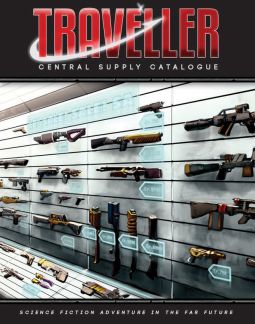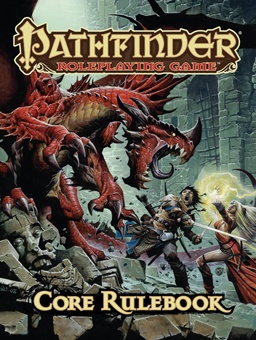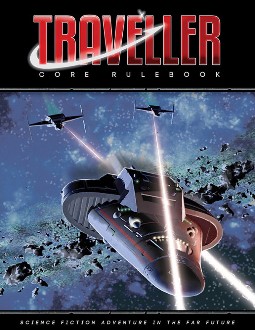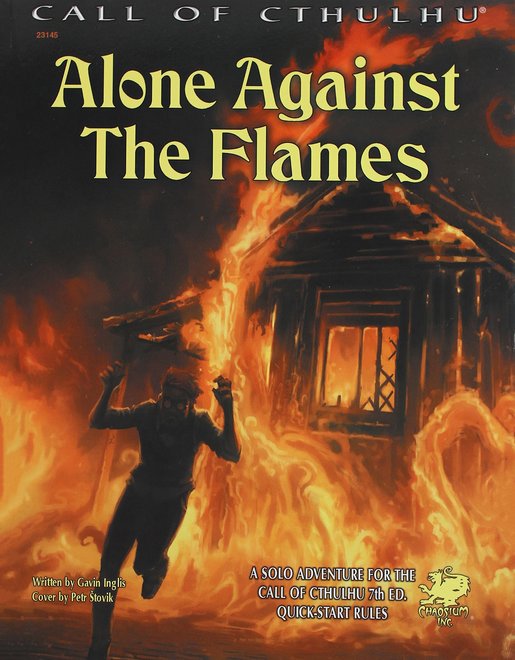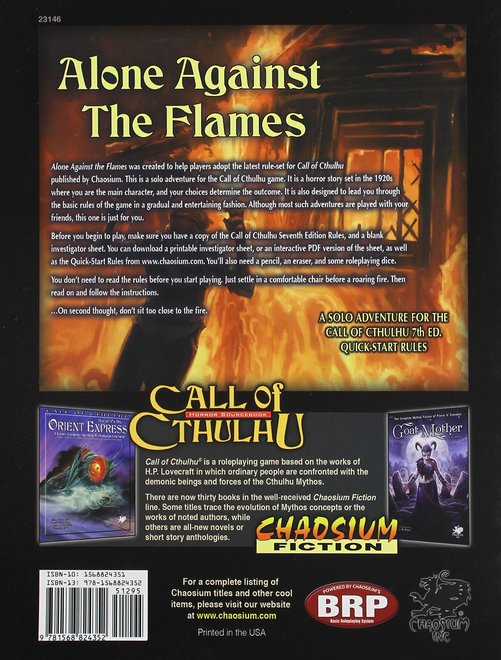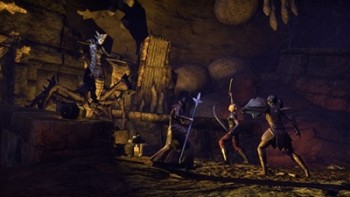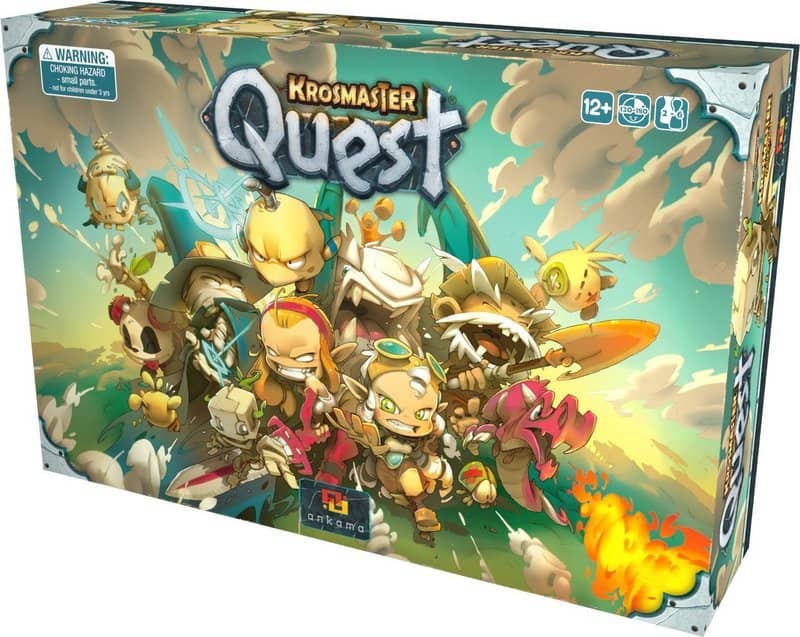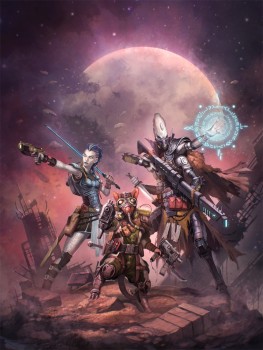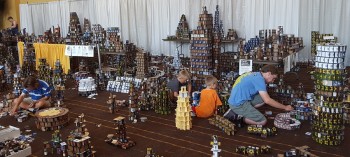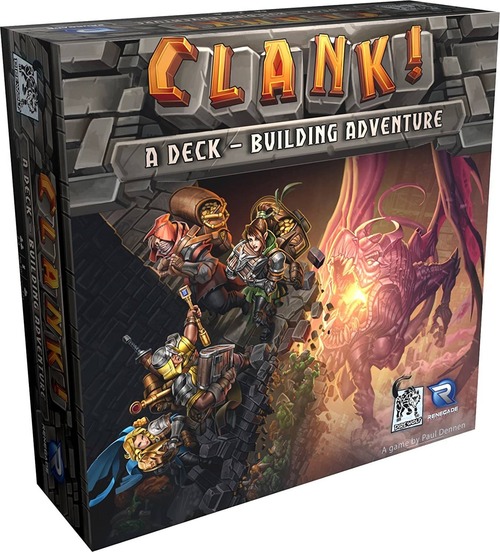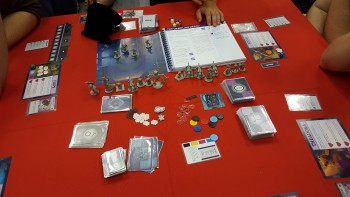 I’ve been making my through the games that I saw at this year’s GenCon, first of fantasy deck-building games and then some science fiction games, but I’d like to focus now on games with a particular audience focus: games for kids.
I’ve been making my through the games that I saw at this year’s GenCon, first of fantasy deck-building games and then some science fiction games, but I’d like to focus now on games with a particular audience focus: games for kids.
Stuffed Fables
Over the years, I’ve become a huge fan of RPG-in-a-box style games. While I love my old school Dungeons & Dragons, the fact of the matter is that I don’t always have the time to create an ongoing, engaging storyline, create NPCs, and so on. Games that can generate the storytelling experience that I love from role-playing games, but eliminate much of the up front work, are definitely things that catch my eye. One of the knockout games of this type is Plaid Hat Games’ Mice & Mystics (Amazon, Plaid Hat), which I first learned about and discussed at GenCon in 2012. My youngest son was a mere 2 years old at the time, so too young for the game, but now it’s one of his favorite games, and one of the more epic games that are enjoyed equally by myself, both my kids, and my wife. The game has two expansions, Heart of Glorm and Downwood Tales, as well as a spin-off Tail Feathers (Amazon, Plaid Hat), which is more of a tactical wargame in a box, as you play mice and rats who wage war on each other by riding on the back of sparrows and ravens. There are also infantry troops, and the heroes and villains from Mice & Mystics can be incorporated as solo units in Tail Feathers.
Jerry Hawthorne, creator of these games, has a new release coming up from Plaid Hat Games, which seems like it will be equally endearing. The game, Stuffed Fables, tells the story of a group of stuffed animals who, upon the first night that their child owner is in her big girl bed, learn that there are evil forces that seek to draw her into a world of nightmares. The first in Plaid Hat Games’ AdventureBook series, Stuffed Fables is an adventures that takes place by proceeding through pages in a book. The book contains both the map for the scene that is unfolding, as well as the storyline you follow as you play, giving you directions of what encounters take place on the given map, what happens when villains are defeated (or not), whether any new information is provided about the storyline, and so on. (This is one advantage over Mice & Mystics, which includes an expansive tile-based game board but then has you flipping through a separate story book to figure out what happens on a particular tile.)
…
Read More Read More
